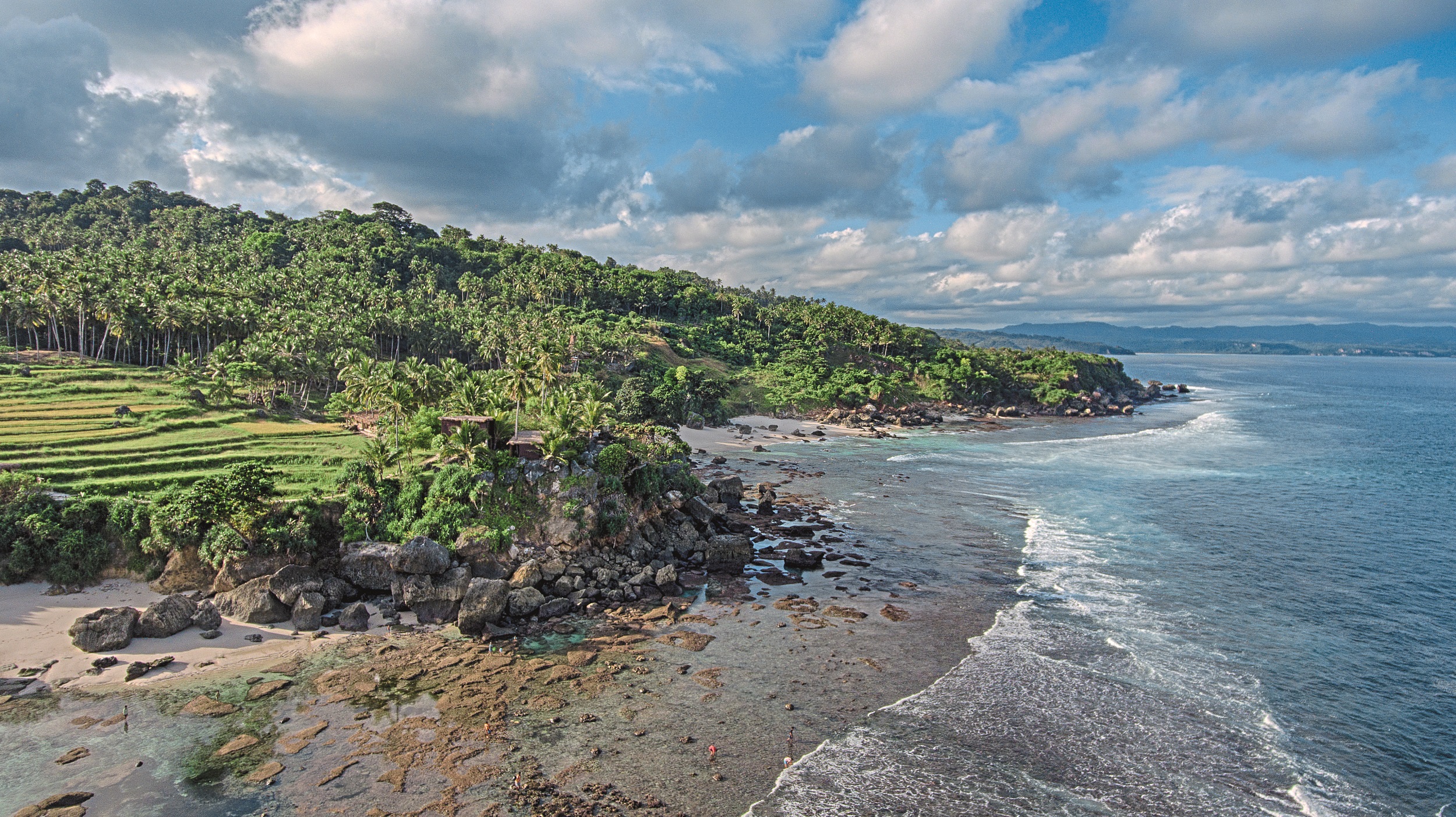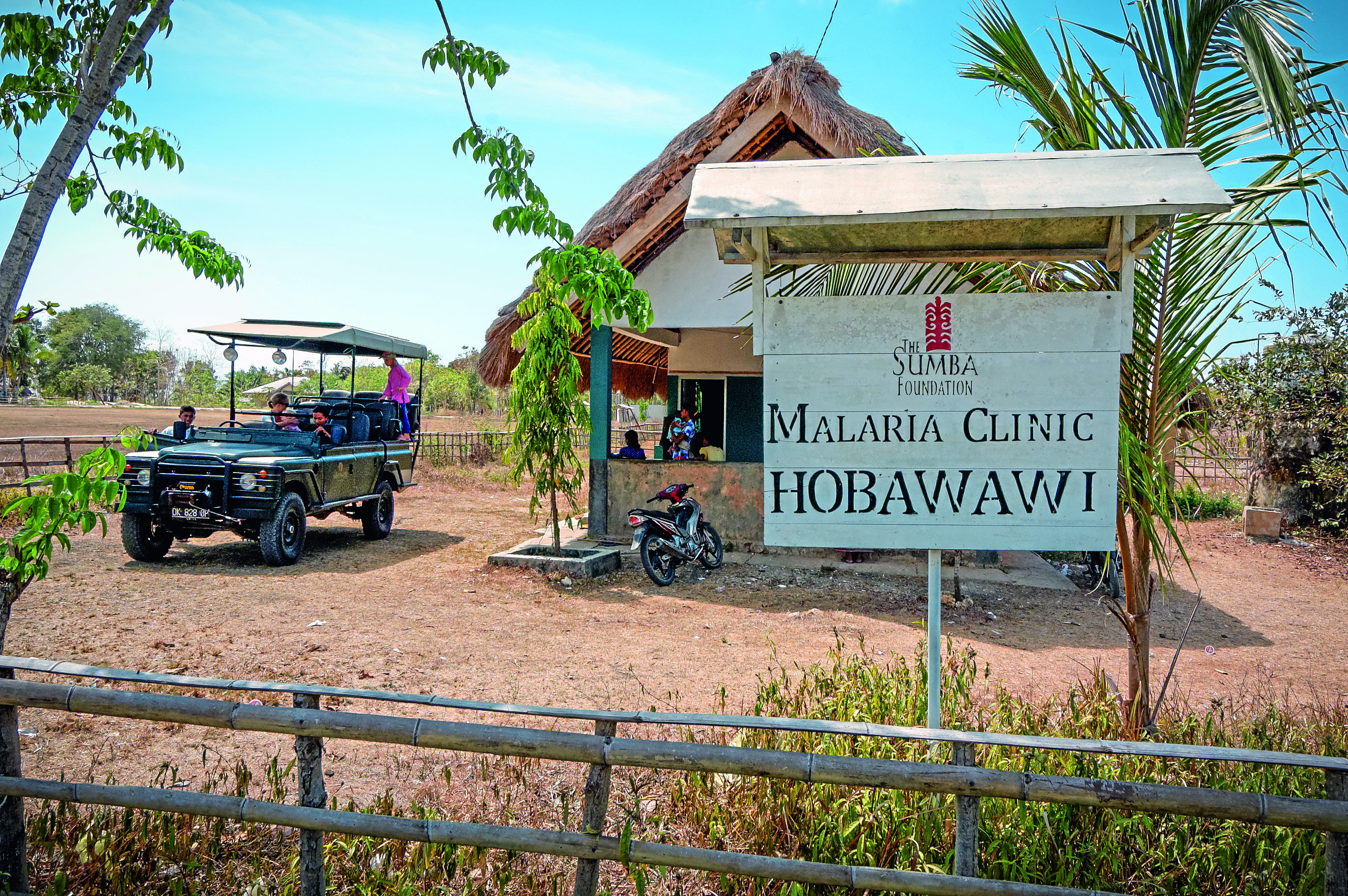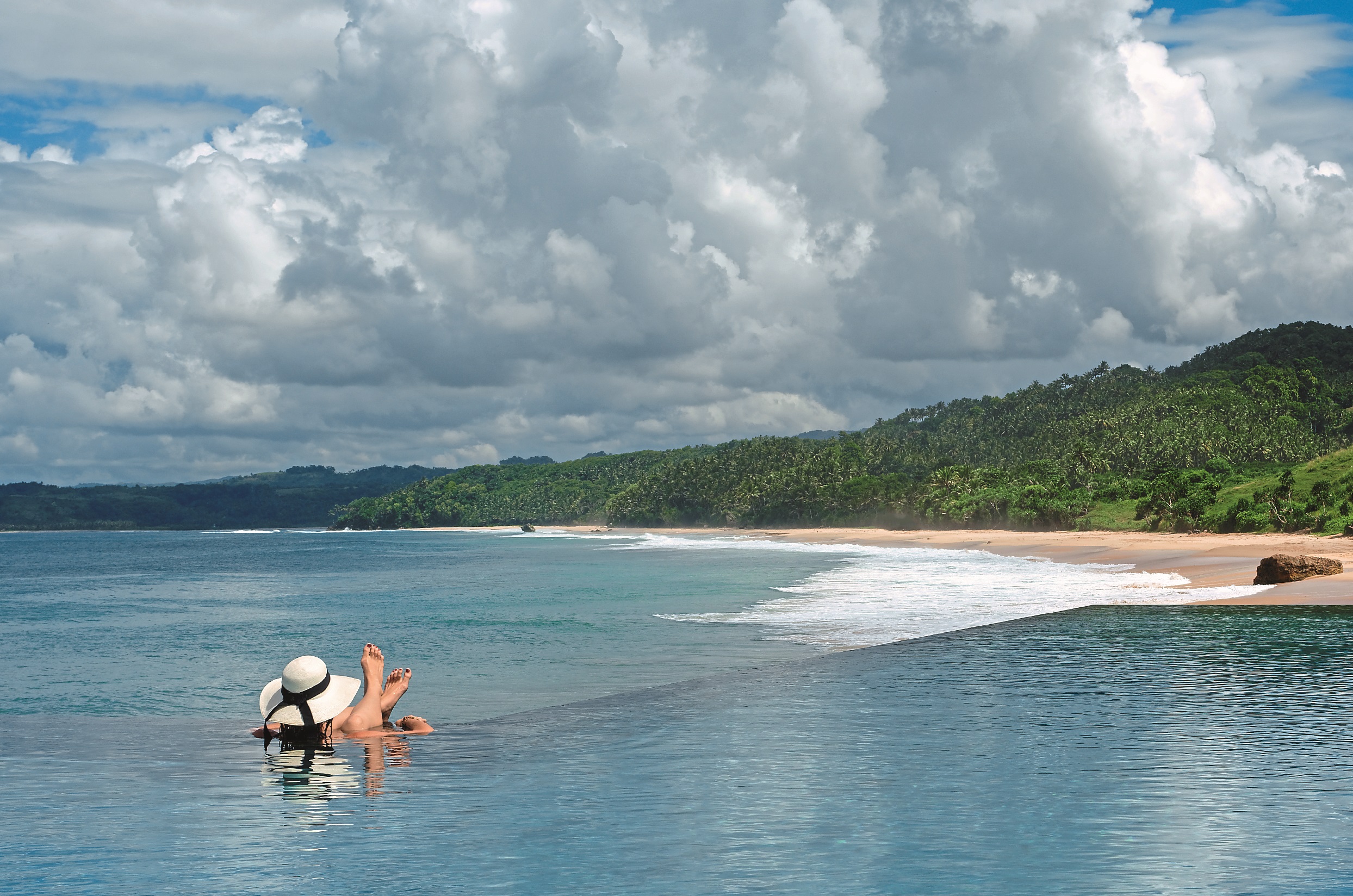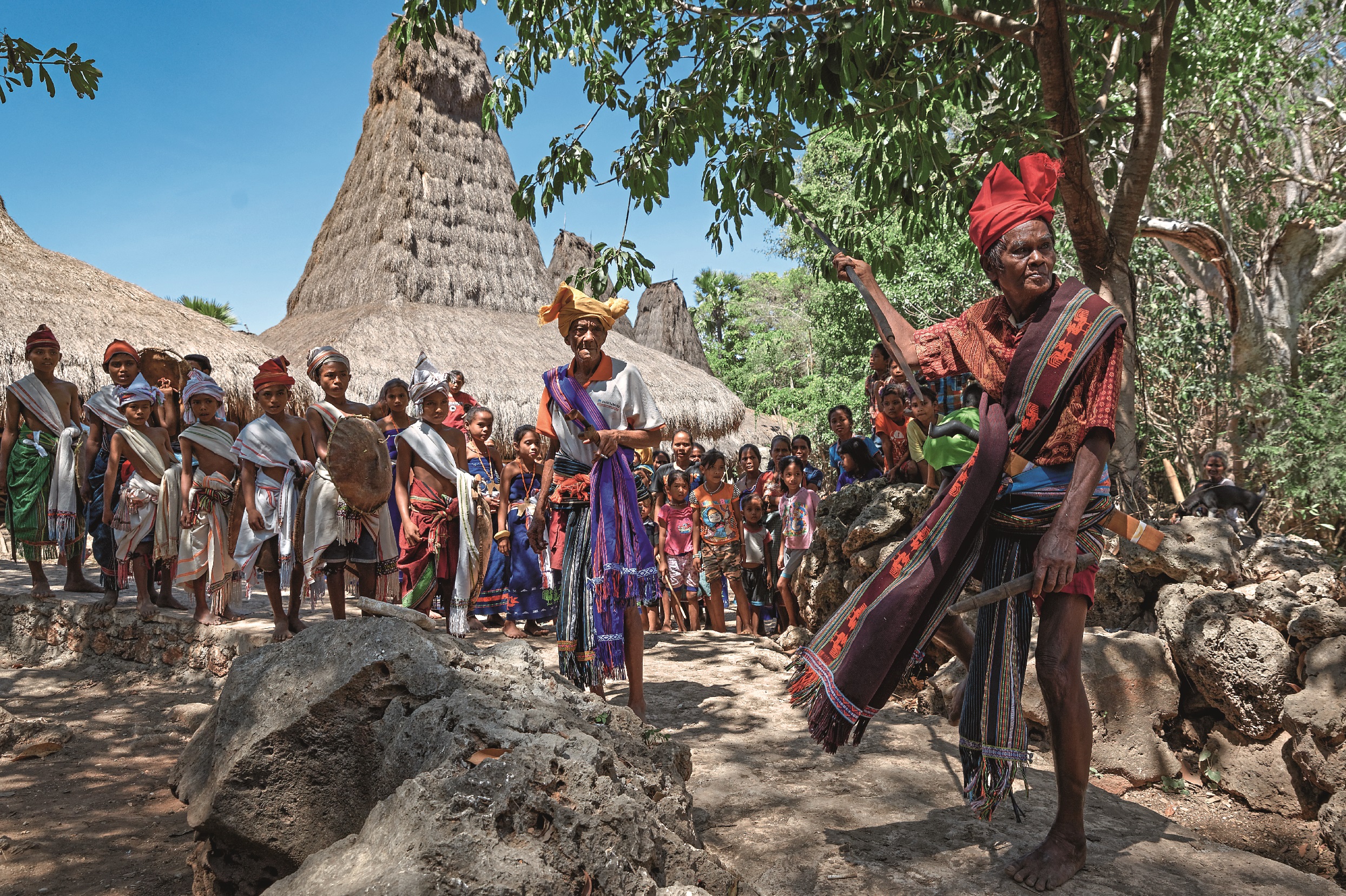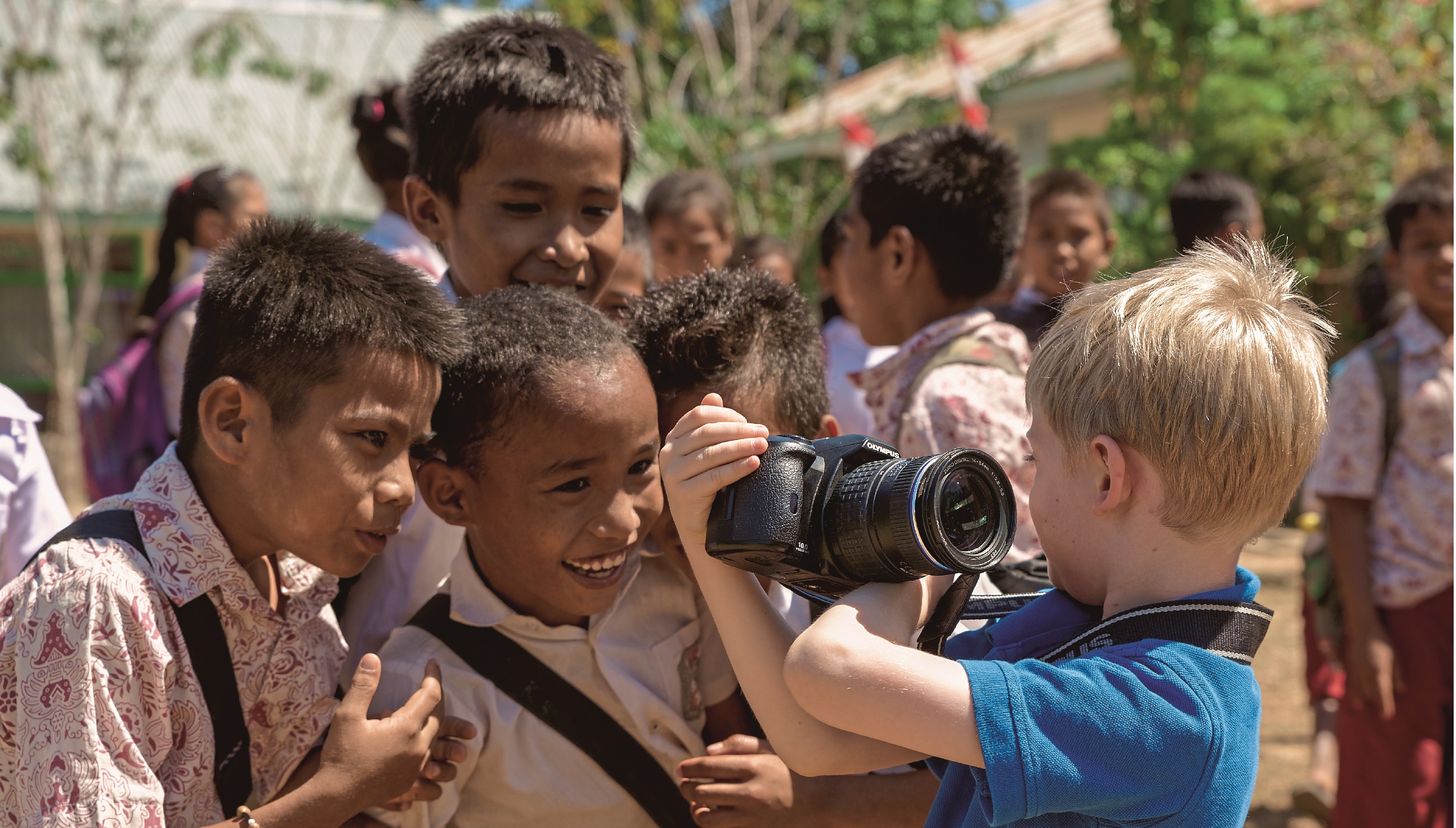Journey to the edge of wildness with an Asia-meets-Africa experience unlike any other. The Expat Group editor, Chad Merchant leaves the concrete jungle of Kuala Lumpur for the bush of Indonesia’s Sumba island and a hands-on experience with the amazing work of The Sumba Foundation and Nihiwatu resort.
As our Garuda Indonesia flight from Bali lined up for the final approach to the landing strip at Sumba island’s Tambolaka airport, I couldn’t help but notice how rather unremarkable the island appeared. Dry, expansive plains, parched by the tropical sun, dotted with various structures, some bearing colourful metal roofs, others the more traditional thatched alang-alang. I had heard that Sumba was called Indonesia’s forgotten island, and my taxi driver in Bali had all but validated that statement.
When I mentioned I was going to Sumba, he became quite quizzical. “Sumatra?” he asked. “No, Sumba,” I answered. “Sulawesi?” Again, I told him no. “Sumbawa?” he queried, increasingly confused. “No, Sumba, the island that’s next to Sumbawa.” My initial impression of Sumba as we eased in for a landing seemed to underscore just why this island was largely unknown, even to many Indonesians. But oh, how quickly that would change as I moved to other parts of the island.
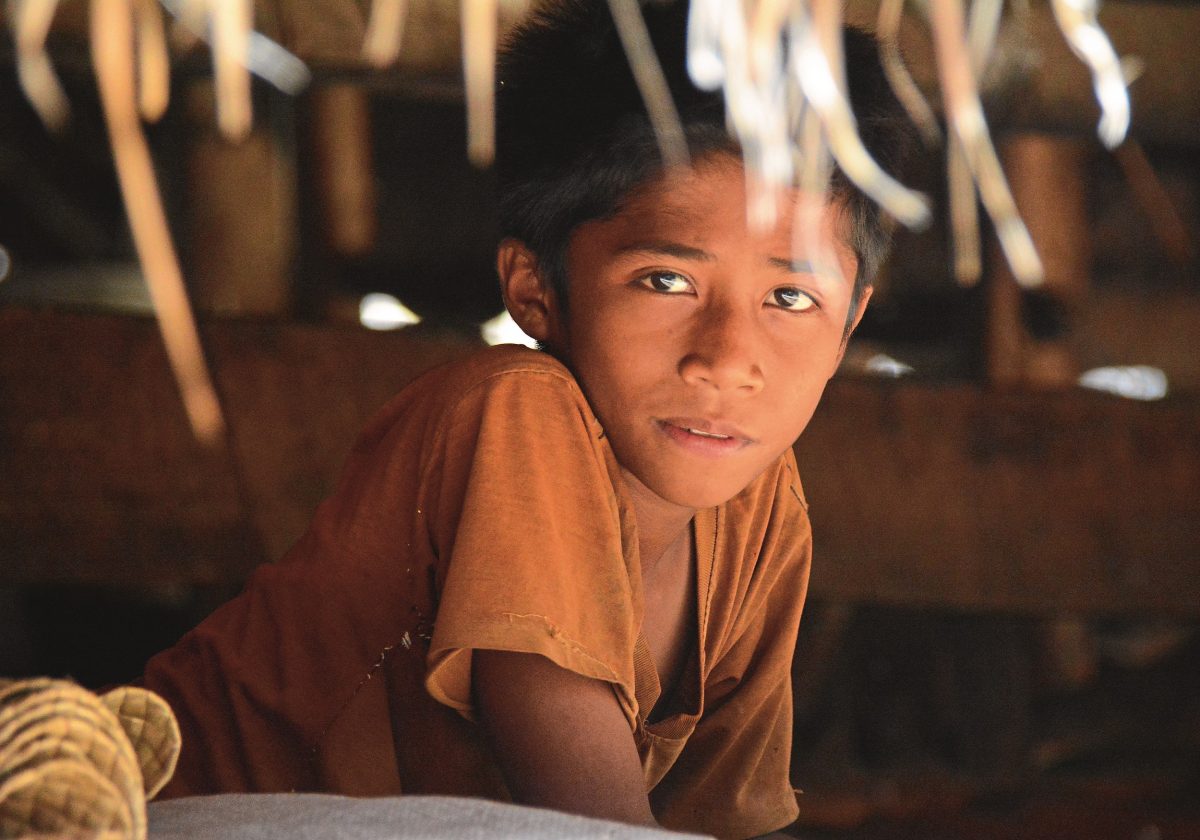
Twice the size of Bali – an hour’s flight away – and with barely more than a tenth of Bali’s burgeoning population, Sumba is indeed the lost world of the vast archipelago. The island has a tortuously long dry season, and villagers depend on traditional food preservation and storage techniques to sustain them until the rains return. And yet, this forgotten land boasts some of Indonesia’s richest tribal traditions, and in the right places (which are, unsurprisingly, nowhere near the airport), stunning natural beauty.
The Poorer, The Richer
Sumba is one of Indonesia’s poorest islands, with many of its residents eking out a subsistence living standard. Life here is hard, and there is much that contributes to this. Infant mortality rates are high, water can be frightfully scarce, the infrastructure is underdeveloped, malaria runs rampant, and education and healthcare are in perilously short supply.
In contrast to the dire financial straits of many of its people, however, Sumba nevertheless boasts a fascinating and rich culture. Perhaps central to the Sumbanese lifestyle is the horse. This island has more horses than any other in Indonesia, and the Sumbanese are intrinsically bound to the equestrian ways. Boys often start riding at a young age, and by their teens, are equestrian experts. By the time they’re in their 20’s, being on a horse is as natural to them as walking. Races are held periodically, as many of the horses come from racing stock and yearn to run. But perhaps most well-known of all Sumbanese equestrian traditions is the pasola.
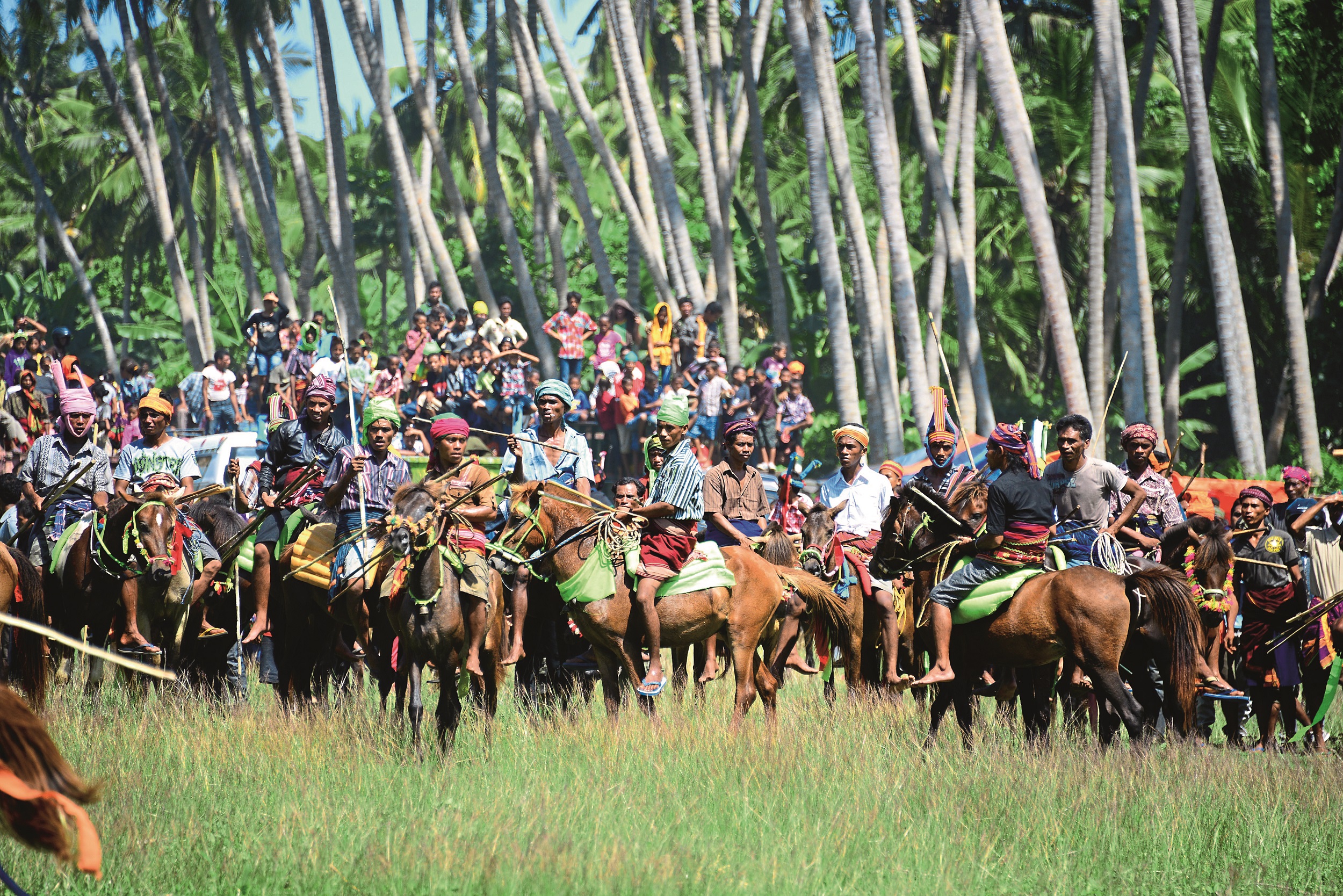
One of Asia’s most extravagant spectacles, this mock battle by dozens (or hundreds) of horse-borne warriors is a tournament between riders from two tribes. Clad in traditional double-woven ikat costumes, complete with a sheathed parang that for many Sumbanese boys and men constitutes part of their daily apparel, these horsemen engage in this ritual battle to celebrate the rice planting season, believing that human blood must be spilled to appease the gods and ensure a good harvest.
The timing of the pasola is set by the arrival of a sea worm called nyale. Sumbanese Marapu priests, clad in full ceremonial dress, wade into the ocean to examine these creatures at sunrise just over a week after the full moon during the planting season, and the number and health of the nyale are used to forecast the annual harvest. And then the pasola can begin. Though Indonesian authorities have sought to regulate the blood sport somewhat, their efforts have met with limited success in the face of such rigid tradition.
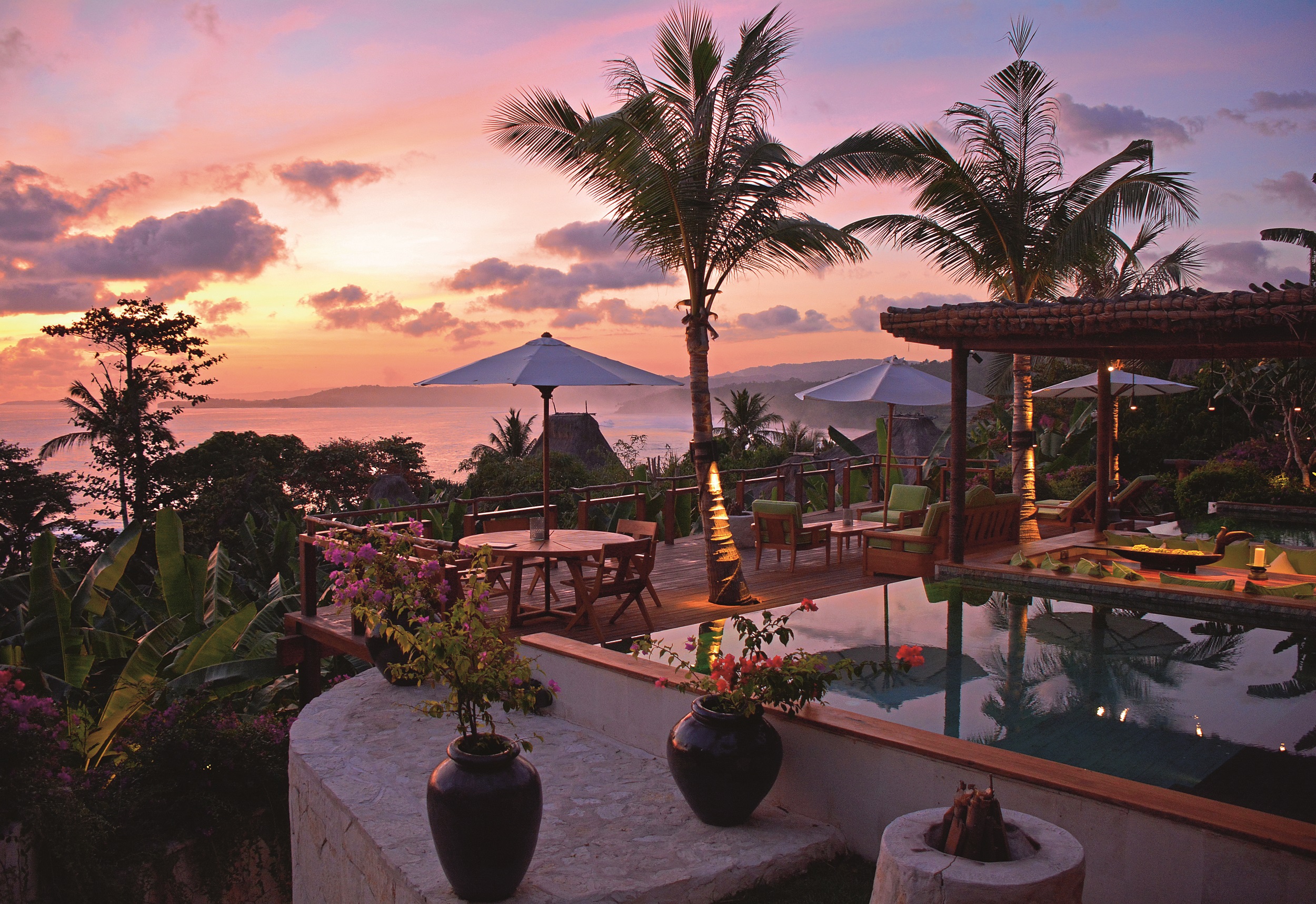
Spear-wielding riders engage in an almost no-holds-barred mock battle requiring great skill at both horse riding and spear throwing. The wooden spears invariably draw blood, and serious injuries and deaths do occur every now and then. Typically, the pasola takes place in February or March, so while I didn’t get to witness the battle, I did get to watch a spirited series of inter-village horse races arranged by Nihiwatu, an eco-resort on Sumba’s southwest coast that, as much as anything, continues to be responsible for introducing Sumba to the wider world. Far beyond that, however, Nihiwatu is improving the lives of its Sumbanese neighbours.
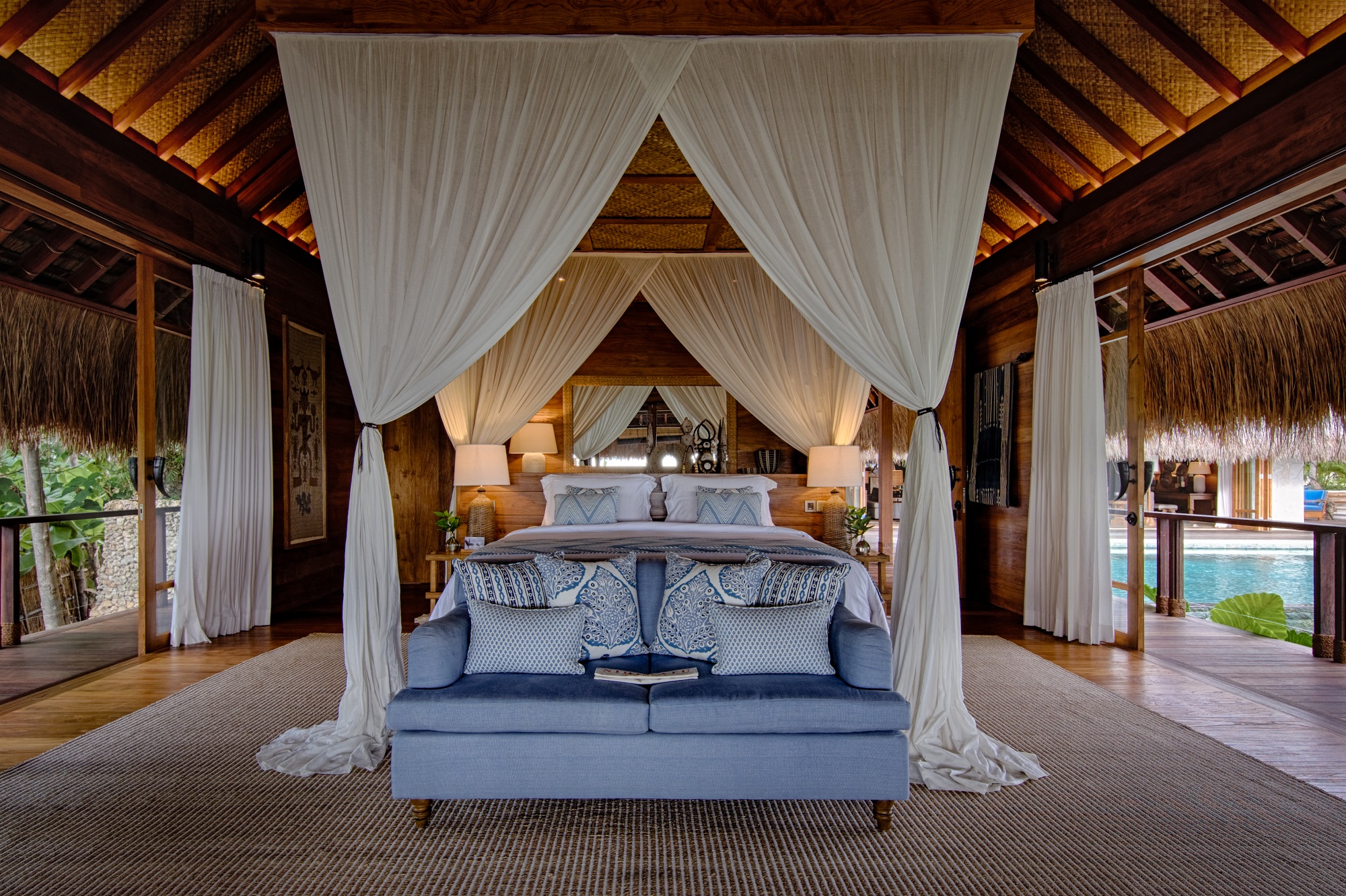
A Symbiotic Resort
Nihiwatu’s story is a remarkable one, and also quite rare in the industry, if not indeed unique. In the spring of 1988, surfers Claude and Petra Graves came to Sumba in search of the perfect wave and, at the end of an arduous two-week trek to the island’s rugged southwest coast, discovered the magnificent crescent of the Nihiwatu Beach, along with its soon-to-be-famous left-hand break. The couple set down roots, but not just to surf. Their intent was to build a small resort, and in so doing, to do something that would make a difference in their lives and in that of their neighbours living nearby. Their dream slowly became reality, but it was not without hardship.
For three years, Claude and Petra lived without clean water, refrigeration, or electricity. They lived on the edge of the wild jungle, six hours from the nearest town and medical facilities, just as their Sumbanese neighbours did. Finally, in 1991, construction began on the resort. Villagers who were contracted to work were not only paid for their efforts, they were taught basic English, proper hygiene practices, and helpful cooking skills. Only a few villagers initially showed up to work each day, but over time, the number swelled to over 500.
Claude and Petra became intimately involved in the community, and that special relationship laid the groundwork for what they later transformed, with the help of some friends, into The Sumba Foundation. The Foundation set out to tackle Sumba’s most pressing crises: health, education, clean water, and eradication of malaria.
Fast-forward to 2013 when American entrepreneur Chris Burch travelled to Sumba, having heard of its incredible beauty and unfettered freedom. By this time, the Graves were looking for help to develop their vision further. Burch was so beguiled by his visit, he called on his friend, South African-born hotelier James McBride, who was at the time president of YTL Hotels, and based in Singapore.
Together, the men found a deep passion to share in Claude and Petra Graves’ vision, and later in 2013, Burch acquired Nihiwatu and partnered with McBride with the aim of evolving the resort to world-class status, all while remaining an environmentally harmonious and sustainable operation which would continue to benefit the Sumbanese people. To say they have achieved their goal in less than three years would be an understatement. A substantial investment into the resort, already awarded as one of the world’s top eco-resorts, brought it to an entirely new level, all while maintaining and enhancing Nihiwatu’s special interconnectedness with the villages and people of West Sumba. And earlier this year, Sumba was cast from the shadows and into the limelight when Travel+Leisure magazine named Nihiwatu as the number one hotel in the world.
What makes Nihiwatu so special? It transcends the property’s exquisite design and attention to detail; after all, the world is filled with loads of beautiful resorts. It even goes beyond Nihiwatu’s enviable location, perched on the edge of wildness fronting that magnificent Big Blue, and one of the region’s most legendary surf waves. Certainly, there are uncountable resorts sited in beautiful locations.
Activities? Nihiwatu offers a full menu of excellent choices, from its signature Nihioka Spa Safari and bountiful horseback riding options to guided treks, secluded waterfalls, deep sea fishing, world-class surfing, and much more. But then, most island resorts have great activities.What sets Nihiwatu apart is that it offers all three of these elements in tandem with a fourth: a beautifully authentic interdependence on the very people of Sumba whose lives the resort and the Foundation were initially envisioned to benefit.
This symbiosis manifests itself in a number of ways. First, the resort repatriates the lion’s share of its profits back into the community through The Sumba Foundation, now an American based non-profit organisation which to date has set up (and supports) over 15 primary schools, built and funded five health clinics, built dozens of freshwater wells which supply over 175 villages with clean water, and reduced rates of malaria – previously among the highest in Asia – by over 85%. The Foundation also works to feed primary schoolchildren, especially those at risk of malnutrition, an activity I was privileged to join, ladling out a healthy hot stew packed with protein, fibre, and nutrients to a gaggle of very grateful young children who lined up, bowl and spoon in hand, and thanked me – in English – as I served them.
Nihiwatu’s property covers over 565 non-contiguous acres of land, but only 65 acres of this will ever be developed, the remained being set aside for farming, or to remain in its natural wild state. Nihiwatu is also Sumba’s largest employer, with over 90%of the resort’s 350 or so employees being local Sumbanese. Many have been with the resort since its early days. The employees are well-looked after, given complimentary English lessons and vocational training, and earn good wages. That income not only supports the employees (and their extended families, up to 15 others), it flows back into the community and boosts the economy through basic consumer spending, giving locals the means to purchase needed goods and services.
Managing Director Jason Trollip explained to me the relevance of this: “Nihiwatu has effectively built and sustained an economy here that simply did not exist before,” he said. “We also invite local farmers to bring their produce to the resort every week, where our chefs will pay them for what they take. They are also welcome to harvest grass on the property for their own use.We also give villagers seeds from our organic gardens, so they can plant and grow food of their own and then sell it back to us.”
This unique connectedness also quite organically extends to the guests who visit Nihiwatu. The staff at the resort are pleased to arrange opportunities for guests to spend some of their holiday time volunteering with the Foundation, or visiting the clinics, water projects, school lunch programme, and community farming projects. It’s not uncommon for Nihiwatu guests, as a result of the exposure to the work the resort and Foundation do, to become benefactors to the Foundation. It is truly a remarkable and very special relationship, both empowering the community and strengthening the resort’s appeal in equal measure. As I was told, “Nihiwatu was founded on the trust and cooperation of the local community, and the resort would not exist were it not for the consensus of and benefit to the Sumbanese people.”
Making a Difference
Today, the Graves still can be found in West Sumba, just near Nihiwatu, living their dream of making a positive impact on their cherished Sumbanese neighbours. The Sumba Foundation, which was formed by Claude Graves and Sean Downs 15 years ago, continues to work towards its many noble goals.
The Foundation of course gratefully accepts donations, but there are other ways to help, too, from the purchase of their outstanding book on Sumba to visiting Nihiwatu, where you can not only enjoy an exquisite stay that will doubtlessly rank among your most memorable travel experiences, but also offers the assurance that your very presence in this amazing resort – now ranked as the world’s best – is benefitting the local neighbours. Guests at Nihiwatu are a primary source of funds for the Foundation and directly enable it to carry out its commendable efforts. Combining sustainable eco-luxury and hands-on authenticity with laudable philanthropy and a mutually beneficial and benevolent relationship with its local neighbours, it’s little wonder that Nihiwatu has vaulted to the top in such short order.
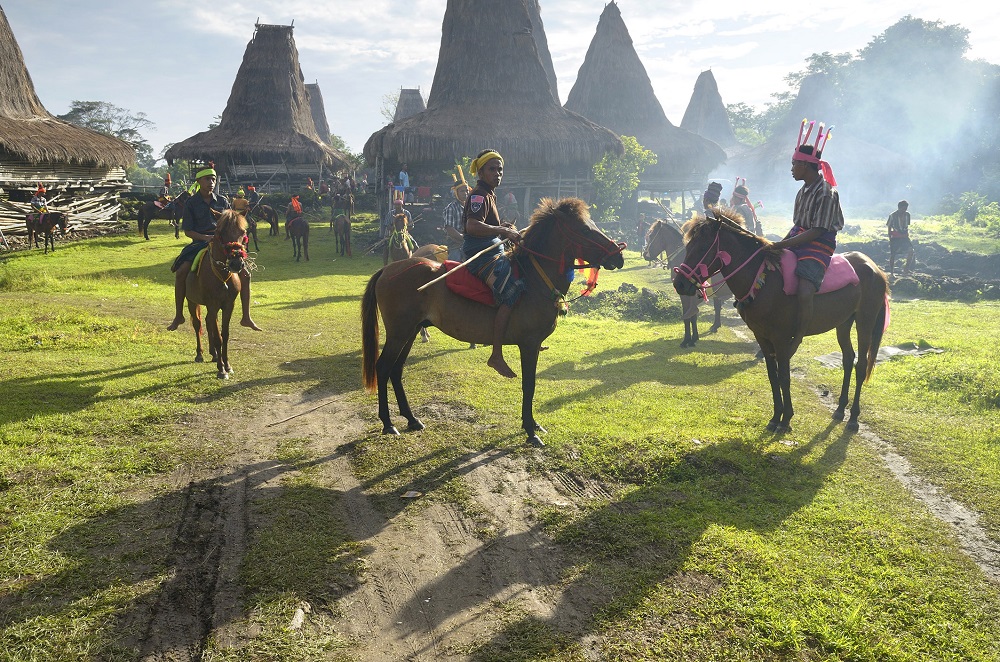
To learn more, please visit sumbafoundation.org and nihi.com. As a fairly small resort now attracting global attention, bookings at Nihiwatu are often made several months in advance, so plan early. Room rates are full board, inclusive of all meals, snacks, and nonalcoholic beverages. A range of complimentary daily activities are also offered.
From Kuala Lumpur, getting to Sumba is relatively easy. Garuda Indonesia and Wings Air both offer regularly scheduled flights to Tambolaka (TMC) from Bali (DPS). As most flight times require an overnight stay in Bali, many guests add a stay in Bali to their itinerary before heading to Sumba. For an upscale chic and trendy resort, choose Alila Seminyak on the northern fringes of this hip beach side Bali town. For something a bit more elegant and relaxed, Alila also offers beautiful villas on the dramatic cliffs of Uluwatu. Both properties are less than an hour from Bali’s airport.
For a good overview on Sumba, visit sumba-information.com.
This article was originally published in The Expat magazine (October 2016) which is available online or in print via a free subscription.
"ExpatGo welcomes and encourages comments, input, and divergent opinions. However, we kindly request that you use suitable language in your comments, and refrain from any sort of personal attack, hate speech, or disparaging rhetoric. Comments not in line with this are subject to removal from the site. "


